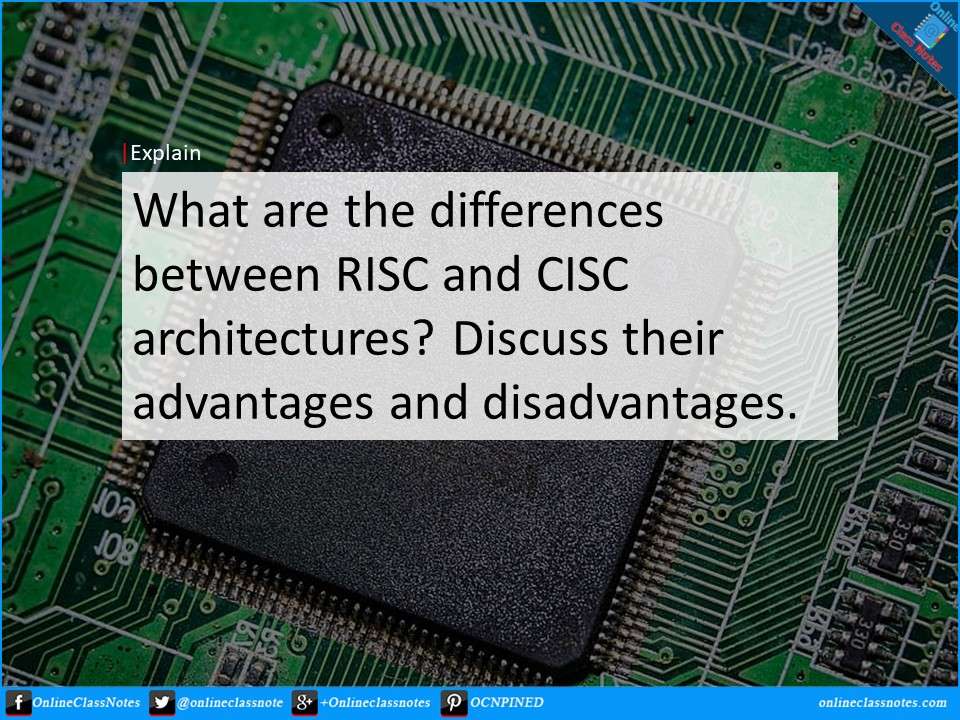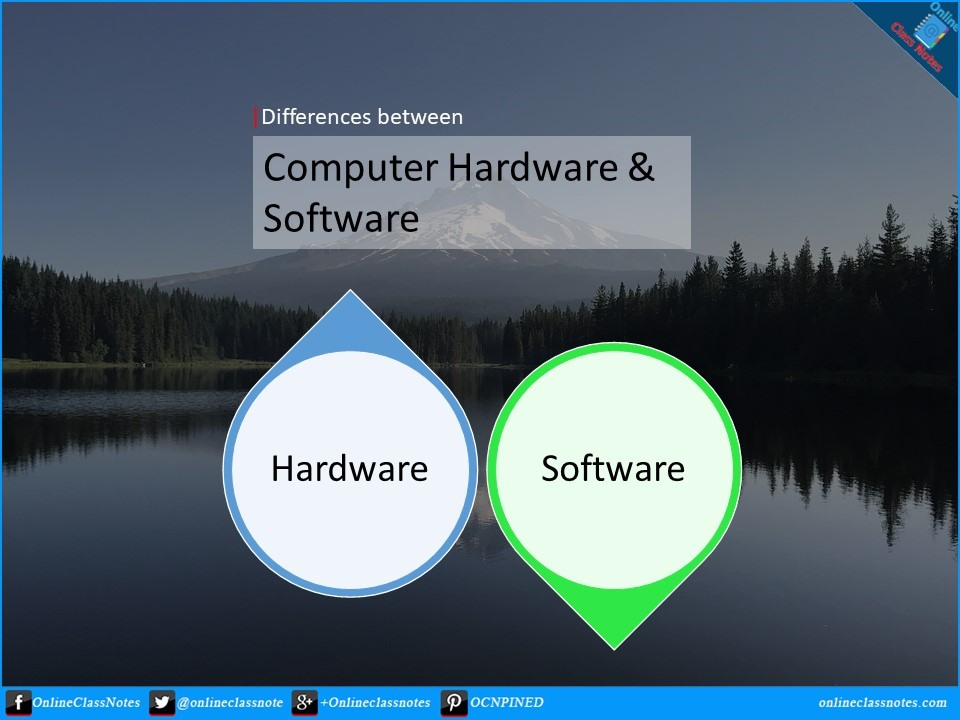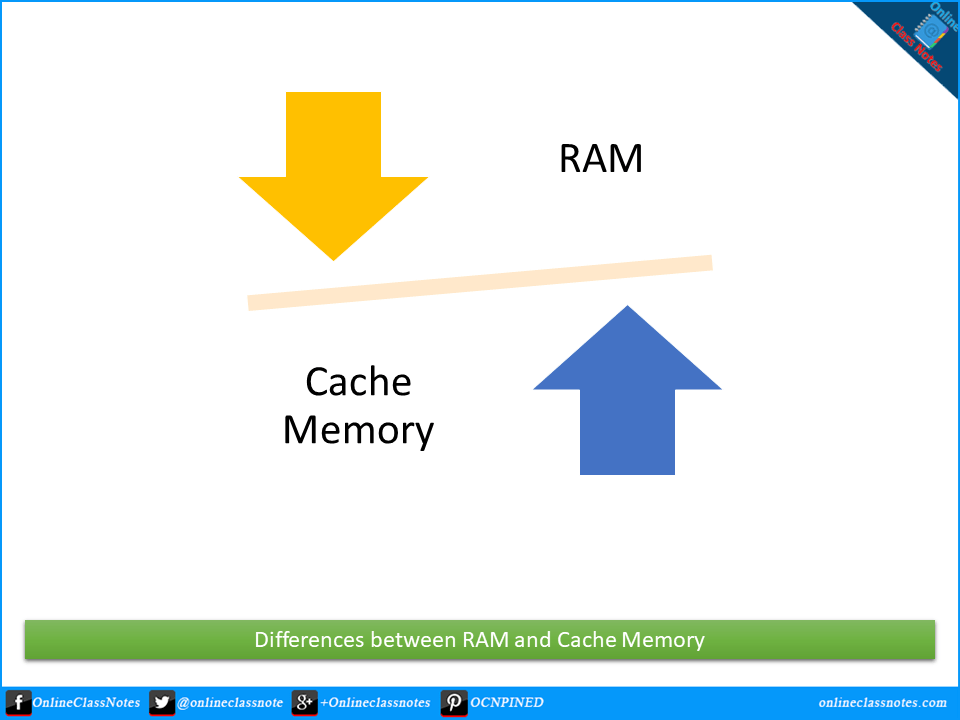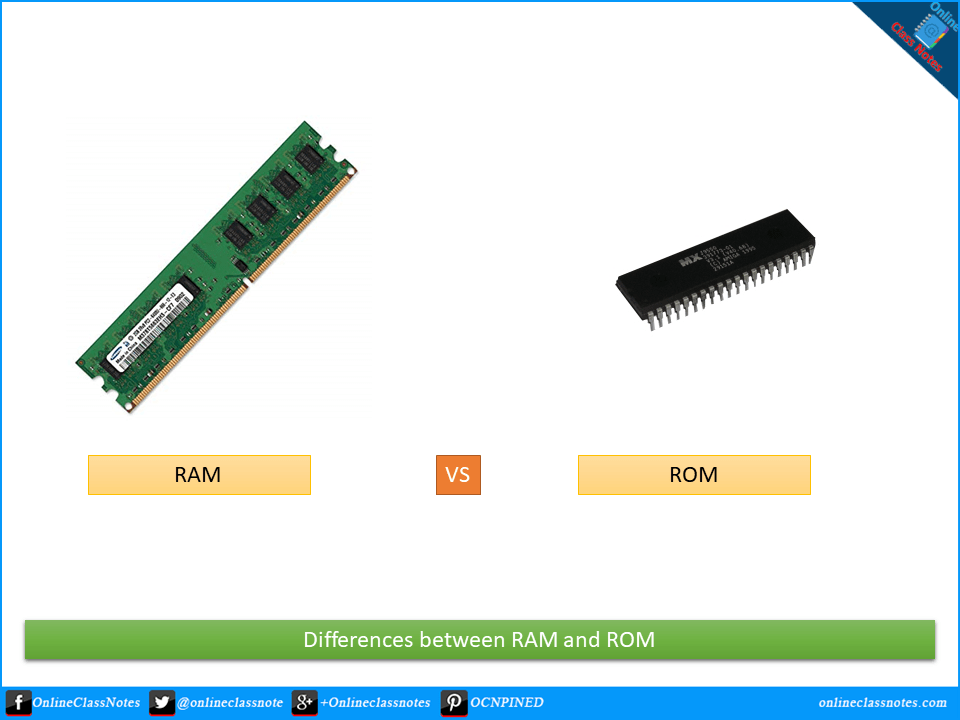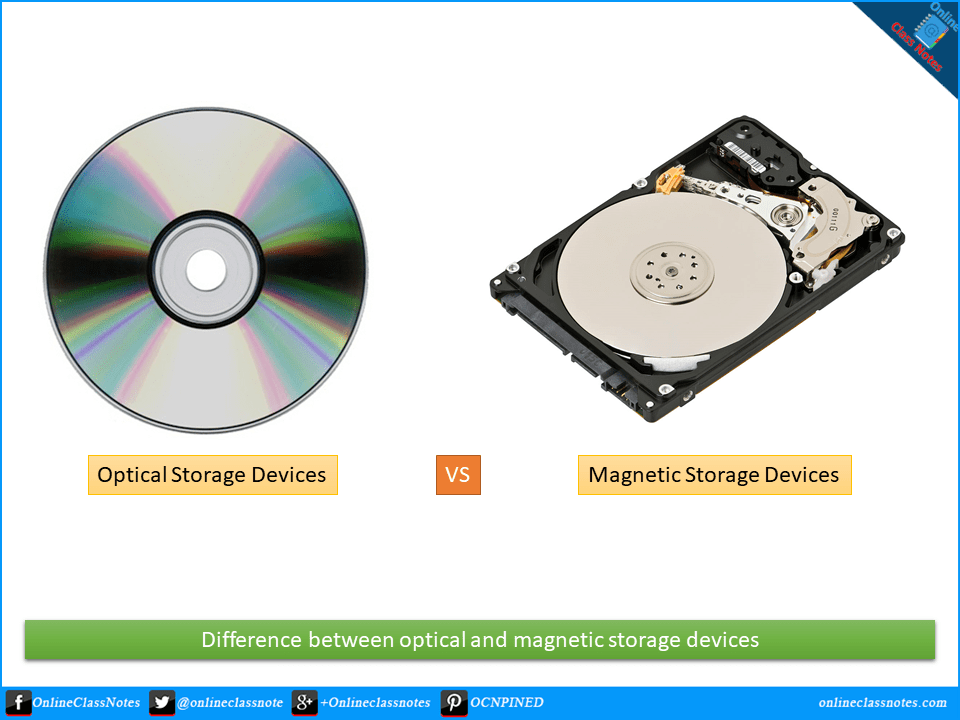RISC (Reduced Instruction Set Computing) and CISC (Complex Instruction Set Computing) architectures are two distinct approaches to CPU design, each with its own characteristics, advantages, and disadvantages.
Differences
What is the difference between software requirements and software specifications?
Demystifying the Difference Between Software Requirements and Software Specifications
Introduction:
In the realm of software engineering, two terms that often surface are software requirements and software specifications. While they are closely related, they hold distinct meanings and serve different purposes.
What are the Differences between Computer Hardware and Software?
Computer Hardware
Computer Hardware is any part of the computer that can be touched. These are primarily electronic devices used to build up the computer. Computer Hardware actually perform the computing operations along with taking input and sending the computed result as output or to storing that.
5 Differences between RAM and Cache Memory
RAM (Random Access Memory) is a volatile memory which is used by the CPU as the Primary Memory of the system. CPU stores frequently used data of the programs running at a moment in RAM as RAM is faster than storage devices, this helps the CPU to work faster. Cache memory is faster than the … Read more
7 Differences between RAM and ROM
RAM stands for Random Access Memory and ROM stands for Read Only Memory. Both of these devices are memory devices and are required by a system to function. Following are the differences between RAM and ROM. Differences Between RAM and ROM: # RAM ROM 1 RAM is a volatile memory, that is, it requires external … Read more
8 Differences between optical and magnetic storage devices.
Differences between optical and magnetic storage devices are how they store and retrieve data. Both devices are used for long term data storage. However, magnetic storage devices such as hard disk exists because of huge storage capacity and optical storage devices such as CD exists because of it’s portability feature.
5 Differences between disk and diskette drives
Differences between disk and diskette drives: The differences between disk and diskette drives are as follows. No. Subject Disk Drives Diskette Drives 1 Number of drives Every computer has at least one disk driver Diskette drives are optional 2 Capacity Storage capacity can reach up to a few terabytes Very little capacity, up to few … Read more
Differences among various types of digital computers in respect of their size, cost and working efficiency
There are 4 kinds of digital computers in respect of their size, cost and working efficiency;such as (a) Microcomputer (b) Minicomputer (c) Mainframe Computer and (d) Super Computer (a) Microcomputer: ‘Mirco’ means very small. Thus as it’s name implies, microcomputers are small in size and built with microprocessors. It has CPU, ROM, RAM storage and … Read more
8 Differences between Memory and Storage devices
Though it may seem from the names that memory and storage devices are same thing, but actually they are far different. Following are the differences between Memory and Storage Devices. 8 Differences between memory and storage devices: Term Memory Storage Speed Very speedy, that is, it responds very fast Slower than memory devices Cost Very … Read more
7 Differences Between System Software and Application Software
A system, such as: a computer, mobile or device like microwave oven, must need software to function. A software is a set of coded instruction for the system to execute in order to have it’s hardware parts performing actions. However, software is primarily of two types, system software and application software. System Software: Software that … Read more
